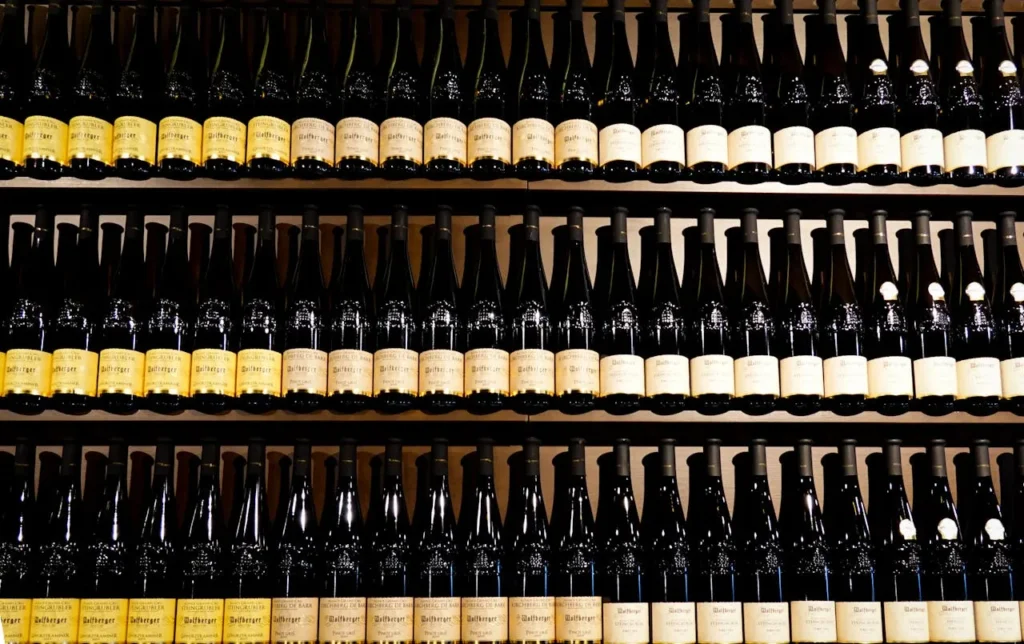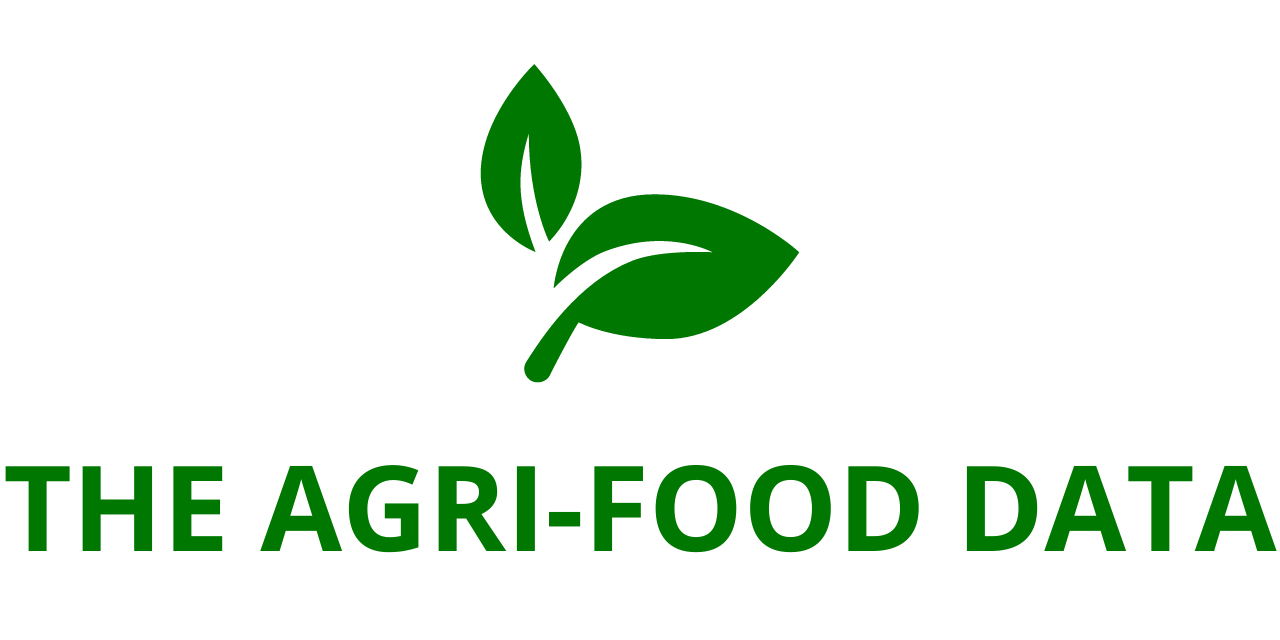
Beverage Marketing Corporation (BMC) has released its latest edition of the influential market study, The Multiple Beverage Marketplace in the U.S., 2025 Edition, now available through ResearchAndMarkets.com. This comprehensive analysis offers an all-encompassing look at the ever-evolving U.S. beverage landscape—one where the lines between alcohol and non-alcohol categories continue to fade, reshaping the competitive terrain across the industry.
As beverage consumption habits shift and innovation redefines traditional categories, this report provides the insights needed to understand a market in flux. In today’s environment, where consumer preferences are increasingly occasion-based and less defined by category boundaries, it’s critical to take a panoramic view. Beverage Marketing Corporation’s report does exactly that—delivering an all-channel, all-category snapshot of the entire U.S. commercial beverage industry.
A Market Where Every Beverage Competes with Every Other
No longer is competition confined within beverage silos—such as soft drinks versus water or beer versus spirits. Instead, consumers are choosing between a smoothie and an energy drink, a flavored water and a cocktail, based on mood, time of day, or health goals. A bottle of cold brew might replace a morning tea; a ready-to-drink (RTD) cocktail could compete with both beer and wine at dinner.
This market convergence demands a new approach to data and strategy. Beverage Marketing Corporation’s 2025 report responds to this need, offering a 360-degree view of cross-category beverage performance and consumer behavior. It provides detailed volume, sales, growth, and consumption data, as well as forecasts for each category through 2029.
What the Report Covers: From Carbonated Soft Drinks to Cabernet
The report spans 11 key beverage categories, both alcoholic and non-alcoholic:
- Beer
- Bottled Water
- Carbonated Soft Drinks
- Coffee (including RTD)
- Distilled Spirits
- Energy Drinks
- Fruit Beverages
- Milk
- Sports Beverages
- Tea (including RTD)
- Wine
Additionally, it includes analysis on sub-segments such as value-added water, iced tea mixes, and more nuanced product types like vodka, tequila, and imported sparkling wines.

Cross-Category Comparisons and Deep-Dive Insights
One of the most valuable aspects of this report is its ability to offer cross-category insight. Rather than treating each category in isolation, the report provides an all-sales-channel-inclusive analysis that reflects 100% of volume, wholesale, and retail dollars. This broad approach helps businesses and investors make informed decisions based on the interplay between beverage types.
Some of the key questions the report answers include:
- How did major beverage categories perform in 2024?
- What portion of consumer “share of stomach” does each category capture?
- How does volume growth compare to dollar sales growth at both wholesale and retail levels?
- Which categories are gaining market share, and which are experiencing erosion?
- What are the growth projections for each category through 2029?
A Snapshot of the U.S. Beverage Industry’s Performance
The report includes up-to-date statistics and historical trends, providing a solid foundation for understanding the trajectory of each beverage category. Highlights include:
- Market share shifts: Identify which categories are expanding their footprint and which are being squeezed.
- Per capita consumption data: Useful for understanding how category demand aligns with population growth and shifting consumer habits.
- Retail vs. wholesale dynamics: Gain insight into pricing power, margins, and distribution trends.
For example, the bottled water section dissects the market by segment—premium PET bottles, 1- to 2.5-gallon retail formats, sparkling water, and home delivery—highlighting where growth is occurring and which segments are maturing.
In the distilled spirits segment, the report breaks down data by type, including vodka, tequila, whiskey (Scotch, Irish, Canadian, and straight), rum, cordials, and ready-to-drink cocktails. Wholesale and retail figures are matched with consumption data to provide a well-rounded view of performance.
Similarly, wine market data is presented with detail on domestic vs. imported products, table wines, champagne and sparkling wines, and vermouth. Trends in consumer preferences between imported and domestic wines are examined to forecast where the industry is heading.
The coffee and tea sections explore both traditional and ready-to-drink (RTD) segments, capturing emerging preferences such as cold brew, nitro coffee, and RTD herbal teas. These beverages are not only competing within their categories but increasingly against energy drinks, juices, and even alcoholic options.
Trends and Forecasts Through 2029
Looking ahead, the report includes five-year growth forecasts for each of the 11 beverage categories. These projections are based on proprietary modeling by Beverage Marketing Corporation and account for macroeconomic factors, consumer trends, innovation cycles, and competitive pressures.
Key metrics in these forecasts include:
- Volume (gallons/liters)
- Retail and wholesale dollar sales
- Market share
- Per capita consumption
- Compound annual growth rates (CAGR)
This future-focused section is especially valuable for strategic planning, investment decisions, and benchmarking performance against industry averages.
A Must-Have for Industry Professionals
Whether you are a beverage manufacturer, distributor, investor, analyst, marketer, or entrepreneur, The Multiple Beverage Marketplace in the U.S., 2025 Edition delivers critical intelligence for navigating the fast-changing beverage sector.
The convergence of beverage categories is no longer a trend—it’s the new normal. Understanding this shift is essential for growth, innovation, and competitiveness. This report arms you with the data and insights to stay ahead in an industry where competition can come from anywhere, at any time, and in any form—alcoholic or not.
To thrive in this dynamic market, decision-makers must see the whole picture. Beverage Marketing Corporation’s report delivers just that: a full-spectrum view of America’s beverage marketplace, from kombucha to cognac.





